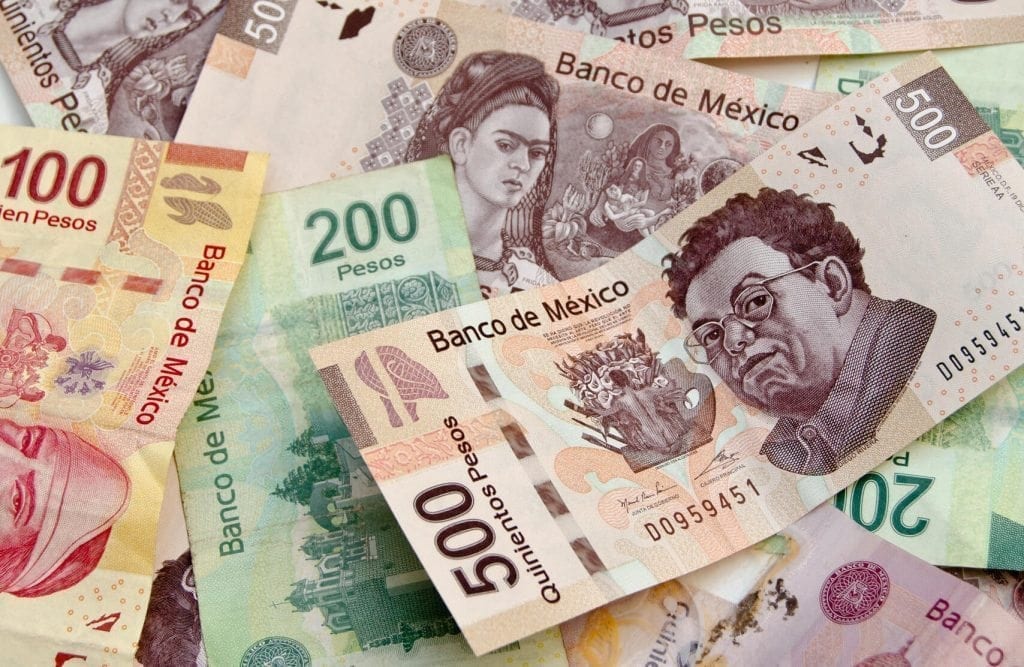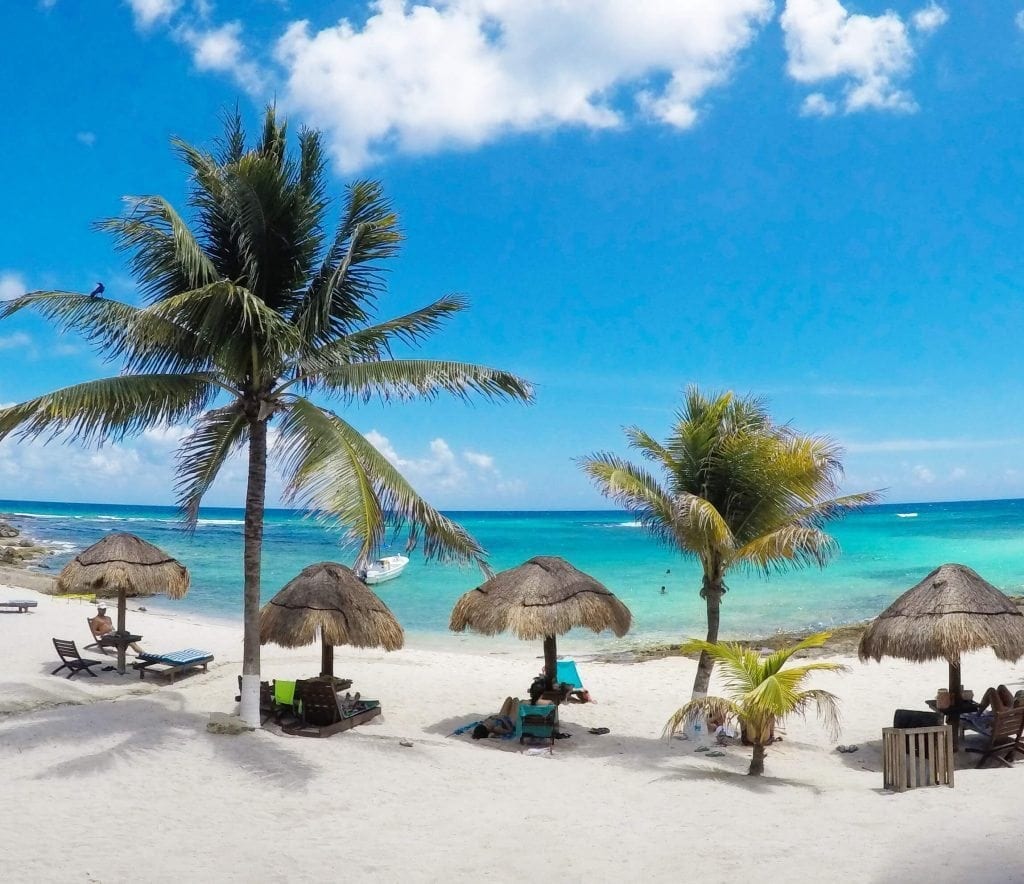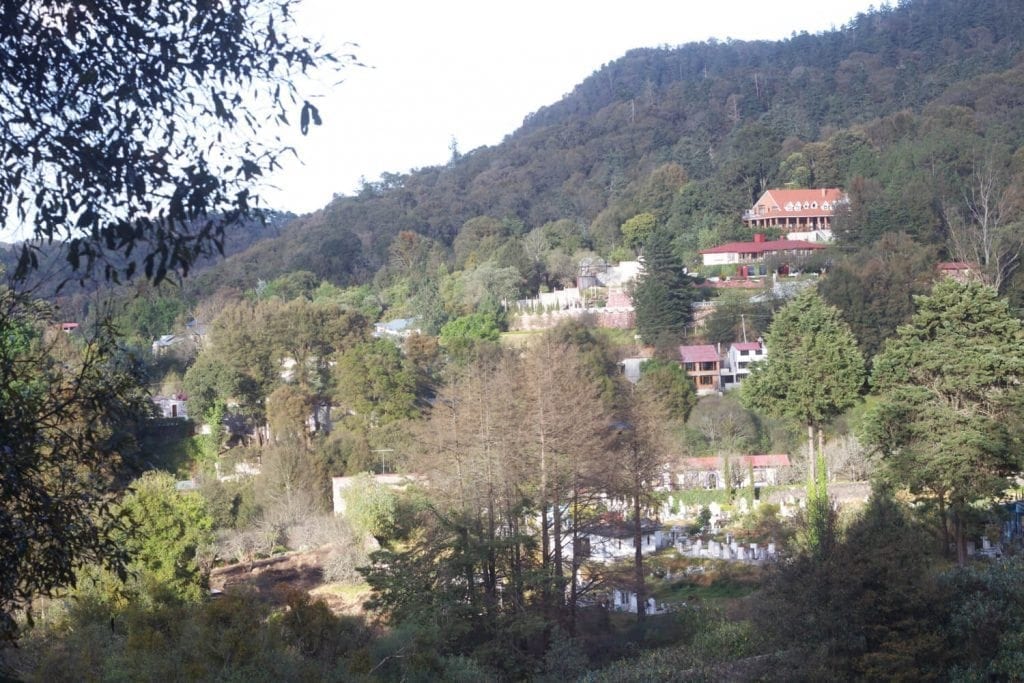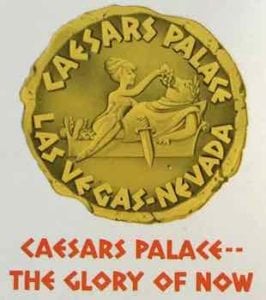
Mexico is one of the top destinations for world-wide travellers. With their amazing beaches, interesting history, all year round good weather, friendly locals and good quality of life for expats, you can see why it’s one of the top places for foreigners to set down roots and live the Expat life.
There are over 2 million expats living in Mexico to date, this is mostly due to its close proximity to the U.S, and it’s low cost of living for retirees. This latin country has one of the most diverse landscapes; whether you want to live in the mountains, in the desert, in a city metropolis, or on a sandy beach, Mexico will have the perfect spot to call home.
However, moving to a new country is never easy, and with language barriers, extreme weather variation, and a completely new pace of life, it can be a little overwhelming. But fear not, I am here to help! In part one of my Expat Guide to Living La Vida Loca, I will talk you through everything you need to know about the language, weather and cost of living in Mexico.
Cost Of Living
Due to the low value of the Mexican Peso compared to the currency of developed countries; Pound, Dollar and Euro, the cost of living in Mexico is low. Expats coming from such countries can enjoy a much higher quality of life here in Mexico compared to their own countries, so long as they are still earning in their own currency
The basic cost of living is much lower than in Europe and the States, especially in regards to locally produced food and textiles. However, some expenses can actually be slightly higher here in Mexico. Utilities such as electricity and water can really rack up the expenses, especially in the summer months, and buying white goods can be a total rip off in some areas. Imported items that would usually cost you nothing to buy back home will also cost you an arm and a leg in Mexico, so you may need to think rethink your favourite brands.
The cost of living also depends on the area you choose to live. Rent in big cities or tourist areas such as Mexico City, Guadalajara, Cancun or Monterey, will cost you a lot more than the smaller, more traditional towns. The same gos for groceries, public transport and clothing. However, here is a rough guideline of costs (in Mexican Pesos);
- Bread $25
- 1kg Apples $30
- Cereal $27
- Nutella $45
- 1kg Chicken $85
- 6 pack beer $120
- Soap $15
- Double bed spread $500
- Suncream $190
- Sanitary towels $40
- Toothpaste $40
- Toilet paper $35
- Pair of jeans $250
- Basic t-shirt $150
- 1lt Gasoline $14
- Month rent on a 1 bedroom apartment $7,000
- Month water and gas $400
- Month electricity $500

Language
The main language throughout the whole of Mexico is Spanish, some areas also speak english to a very high standard, however some other areas don’t speak one word. In tourist areas you can find some Mexicans who speak German, French and even Russian, although this is rare.
If you took a few Spanish lessons in school, or if you picked up a few words on your last trip to Spain, it’s not going to cut it! The Spanish used in Mexico is very different to that used in Spain, to the point that some of my Mexican friends don’t actually understand Spanish people. Mexicans use a lot of slang, and in small towns, speaking in Spanish is often the only way to earn their respect.
I would recommend taking a few Mexican Spanish lessons in your home country before you make the move, or purchase a self learning program such as Rosetta Stone. After all, you are choosing to live in their country, it’s only natural to learn their language.
A few phrases to get you started are:
- Que tal? – What’s up?
- Una chela porfavor – A beer please
- Hola Güey! – Hey dude!
- La cuenta porfavor – The bill please
- No manches! – No way!

Weather
The weather in Mexico is extremely varied depending on the area you are choosing to live. In Mexico you can find tropical forests, water filled valleys, dry deserts, and snow-capped mountains all within hours of each other.
Coastal areas of Mexico such as the Riviera Maya, Baja California and Riviera Nayarit, are usually hot and humid all year round, with July through September being the hottest months. Further inland and North to Mexico city, Hidalgo and Monterey, you will find the weather can get fairly chilly, and at night downright freezing.
For those of you that love the hotter weather, and white sand beaches all year round, I would suggest the Caribbean cost line. For those of you who prefer more distinguished seasons and cooler, less humid weather, I would suggest one of the more northerly cities.

Stay tuned for part 2 of the Expat Guide to Living La Vida Loca to learn about job opportunities, housing and healthcare in Mexico.
Fern is a travel blogger from England, who packed up her entire life into one suitcase, and moved to sunny Mexico. If she’s not exploring secluded beaches, or hopping on a plane to a nearby country, you will find her under the waves trying to make friends with the local marine life. Fern’s motto is to travel slowly. She takes time to really get to know a country, immerse herself in its culture, pick up the language, and of course, stuff herself with all the local delicacies!













